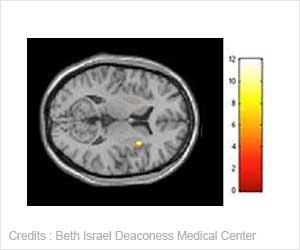Scientists have now shown that such induced cells can actually form the specialized cells that make up heart muscle.
Having demonstrated in their previous studies that skin cells could be turned back into stem cells, University of Wisconsin-Madison scientists have now shown that such "induced" cells can actually form the specialized cells that make up heart muscle.
Reporting their findings in the journal Circulation Research, the researchers claimed that that they were able to grow working heart-muscle cells from induced pluripotent stem cells, known as iPS cells.Tim Kamp, UW-Madison School of Medicine and Public Health professor of medicine, revealed that the heart cells were originally reprogrammed from human skin cells by his co-authors on the study, James Thomson and Junying Yu.
"It's an encouraging result because it shows that those cells will be useful for research and may someday be useful in therapy. If you have a heart failure patient who is in dire straits - and there are never enough donor hearts for transplantation - we may be able to make heart cells from the patient's skin cells, and use them to repair heart muscle. That's pretty exciting," said Kamp, who is also a cardiologist with UW Health.
The researchers used a virus to insert four transcription factors into the genes of the skin cell, reprogramming it back to an embryo-like state.
However, since the virus is taken up by the new cell, the researchers fear that it may eventually cause cancer.
Considering this, they suggest that therapies from reprogrammed skin cells will have to wait until new methods are perfected.
Advertisement
His latest research, proving that iPS cells can become functional heart cells, is just one step along the way to better understanding and treatment of disease.
Advertisement
Source-ANI
SRM















